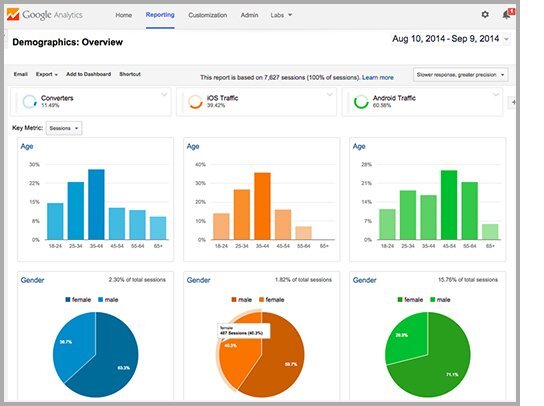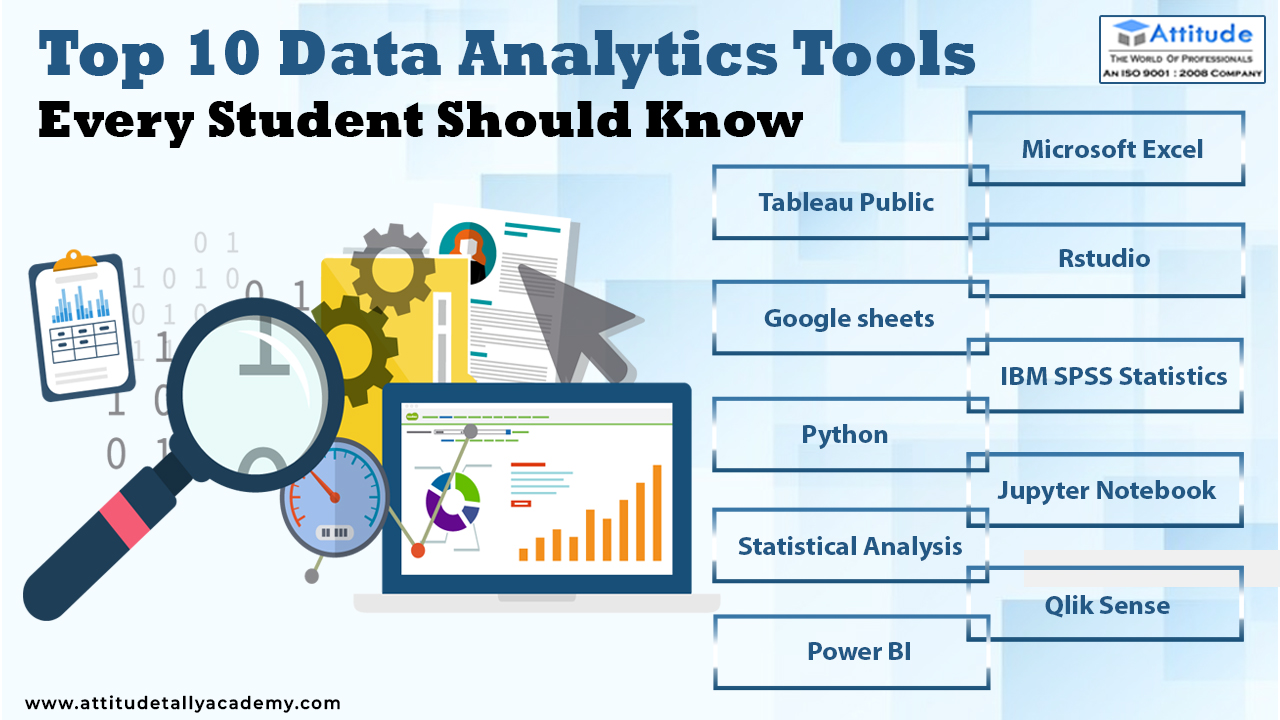Transform Information right into Techniques with Cutting-Edge Analytics
Transform Information right into Techniques with Cutting-Edge Analytics
Blog Article
Increase Performance and Earnings Via Information Analytics
In today's data-driven landscape, services are increasingly identifying the critical duty of data analytics in boosting operational effectiveness and profitability. By methodically analyzing data, companies can uncover essential insights that notify strategic decisions, simplify processes, and tailor consumer experiences.
Understanding Information Analytics
In today's data-driven landscape, comprehending information analytics is necessary for organizations aiming to boost functional efficiency and drive earnings. Information analytics involves the systematic computational analysis of information collections to reveal patterns, correlations, and insights that notify decision-making. By using various methods, such as statistical analysis, maker learning, and predictive modeling, companies can change raw information right into workable intelligence.
The process usually starts with information collection, where pertinent details is collected from multiple sources, including transactional databases, customer interactions, and market trends. This data is then cleaned and organized to guarantee accuracy and consistency. Once the data is prepared, analytical tools and software are utilized to imagine the info and check out, allowing stakeholders to determine patterns and abnormalities.
Ultimately, understanding information analytics encourages companies to make educated decisions based on empirical proof instead of intuition. It facilitates targeted strategies that can enhance resource appropriation, enhance client contentment, and improve general performance. As organizations significantly acknowledge the value of data-driven understandings, a strong grasp of information analytics ends up being an important proficiency for leaders and teams alike, positioning them for continual success in an affordable atmosphere.

Trick Benefits for Businesses
Services that leverage information analytics can open a wide variety of benefits that considerably boost their operations and profitability. One of the main advantages is enhanced decision-making. Information analytics provides actionable understandings originated from real-time data, permitting companies to make enlightened choices that line up with market needs and consumer preferences.

Furthermore, data analytics promotes improved client experiences. By comprehending client actions and choices, organizations can customize their offerings, bring about raised satisfaction and loyalty. This customized method typically leads to higher conversion prices and repeat service.
Furthermore, information analytics allows companies to determine emerging fads and possibilities. By staying ahead of the contour, organizations can take advantage of new markets and innovations prior to their rivals.
Executing Data-Driven Techniques
Successful execution of data-driven methods calls for a thorough understanding of both organizational goals and offered data sources. Organizations needs to first specify their objectives plainly, guaranteeing alignment in between data campaigns and calculated objectives. This quality allows teams to concentrate on relevant metrics and understandings that drive decision-making.
Next, services ought to analyze their existing data framework. This includes reviewing data top quality, ease of access, and assimilation abilities. Top notch information is vital for accurate analysis, as inadequate data can cause illinformed techniques and thrown away resources. Organizations needs to develop procedures for data collection, cleaning, and monitoring to maintain data honesty.
Additionally, cultivating a data-driven society is important. Workers in all best site levels should be motivated to take advantage of information in their day-to-day procedures. Educating programs and workshops can enhance data literacy, encouraging staff to make informed decisions based on analytical insights.
Tools and Technologies Introduction
A robust suite of innovations and tools is vital for organizations aiming to harness the full potential of data analytics. These devices promote the collection, handling, and visualization of information, allowing services to obtain actionable insights.
At the foundational degree, information monitoring systems such as SQL data sources and NoSQL systems provide efficient data storage space and access capacities. For information handling and evaluation, programs languages like Python and R, together with frameworks such as Apache Flicker, make it possible for intricate estimations and artificial intelligence applications.
Visualization tools, consisting of Tableau and Power BI, change raw data right into instinctive graphical formats, making understandings easily internet accessible to stakeholders in any way levels. In addition, cloud-based platforms like Google Cloud and AWS offer scalable storage space and processing solutions, suiting the growing quantities of data organizations come across.
For innovative analytics, predictive modeling visit our website and AI-driven solutions are significantly embraced, allowing business to forecast patterns and enhance decision-making procedures. Integrating these devices into existing operations is vital; organizations that effectively leverage this modern technology can considerably enhance functional performance and drive earnings. Therefore, investing in the right devices and modern technologies is a tactical necessary for any type of data-driven company.
Study of Success
Leveraging information analytics has actually led numerous organizations to accomplish exceptional renovations in efficiency and success. One significant instance is a huge retail chain that implemented predictive analytics to optimize stock administration. By analyzing historical sales data and client patterns, the business minimized excess stock by 30%, causing substantial price financial savings and boosted capital.
An additional example can be found in the manufacturing sector, where a leading automobile producer used data analytics to enhance its production procedures. By keeping an eye on maker efficiency in real-time, the organization identified inefficiencies and traffic jams, causing a 20% rise in general devices effectiveness (OEE) This not only increased manufacturing rates however additionally reduced downtime and upkeep prices.

These instance studies highlight exactly how information analytics can drive tactical decision-making, maximize processes, and eventually boost both effectiveness and productivity across numerous sectors.
Verdict
In conclusion, the integration of information analytics right into service procedures offers significant possibilities for boosting performance and productivity. By methodically assessing information, companies can determine ineffectiveness, enhance client experiences, and make informed decisions.
In today's data-driven landscape, recognizing information analytics is crucial for companies aiming to enhance functional efficiency and drive success. Data analytics entails the systematic computational analysis of information collections to discover patterns, correlations, and understandings that educate decision-making. Data analytics provides workable insights derived from real-time information, enabling companies to make informed selections that line up with market demands and customer preferences.
Top quality data is crucial for precise analysis, as inadequate data can lead to illinformed methods and squandered sources. Organizations needs to establish procedures for data collection, cleansing, and management to keep data integrity.
Report this page